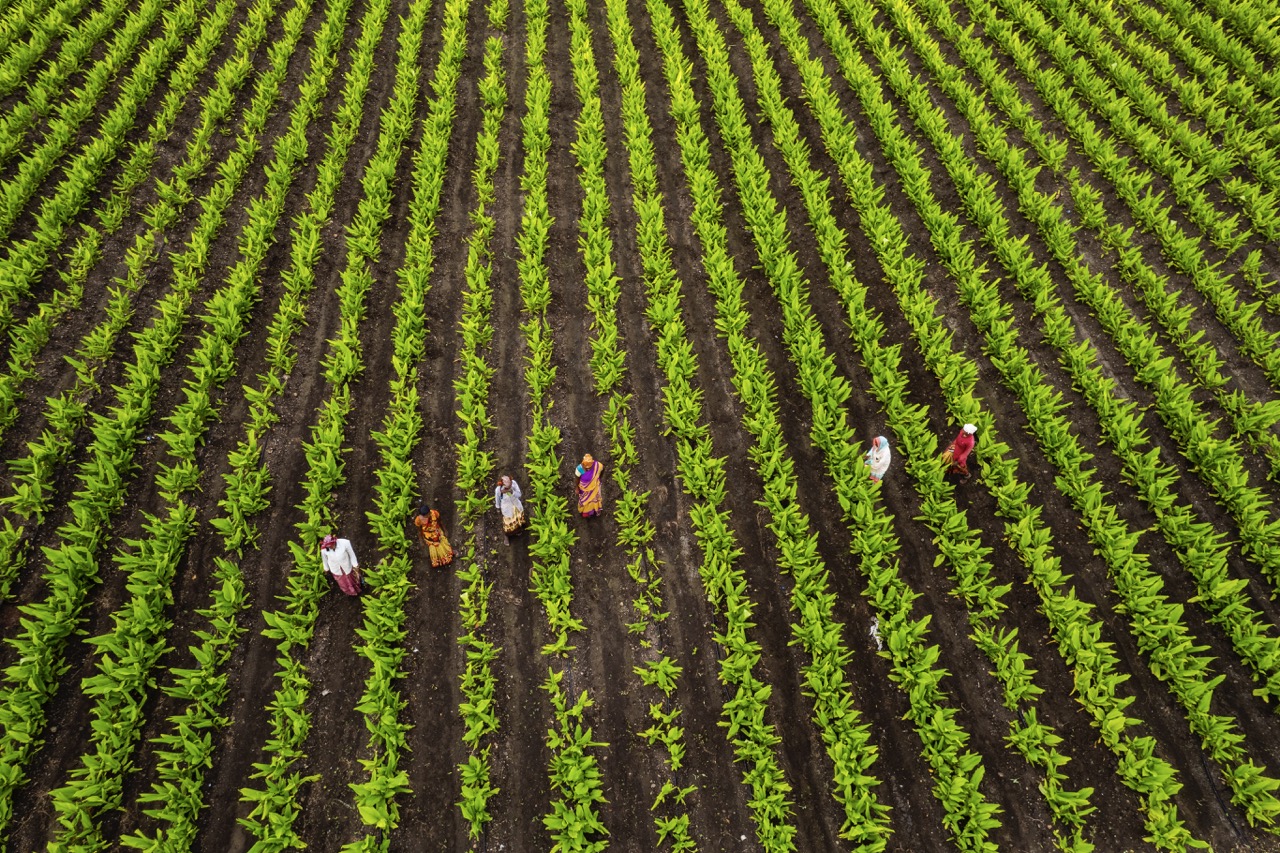In the face of escalating climate challenges and increasing food demand, sustainable agricultural practices are becoming more vital than ever. Cover crops, often overlooked in traditional farming practices, are emerging as a critical component of soil conservation strategies. By providing numerous ecological benefits, cover crops not only enhance soil health but also contribute to the overall sustainability of agricultural systems. This article delves into the importance of cover crops in soil conservation, exploring their role in preventing erosion, promoting sustainable agriculture, and providing economic and environmental benefits.
Understanding Cover Crops: A Key to Soil Health
Cover crops are plants grown primarily to cover the soil rather than for harvest. Typically, these crops are planted during the off-season or between main crop cycles, providing a protective layer over exposed soil. By improving soil structure and maintaining moisture, cover crops play a significant role in enhancing soil health. They contribute organic matter, increase microbial activity, and create a diverse soil ecosystem, all of which are essential for sustaining plant growth.
One of the most compelling reasons for integrating cover crops into farming systems is their ability to improve soil fertility. As cover crops grow, they capture carbon dioxide from the atmosphere and convert it into organic matter through photosynthesis. When these crops decompose, they enrich the soil with nutrients, promoting a more fertile environment for subsequent crops. Additionally, specific cover crops, such as legumes, have the unique ability to fix nitrogen from the atmosphere, which can further enhance soil fertility without the need for synthetic fertilizers.
Furthermore, cover crops play a crucial role in breaking pest and disease cycles. By diversifying the plant species present in a field, farmers can reduce the prevalence of harmful pathogens and pests that thrive in monoculture systems. This diversification not only fosters a healthier soil environment but also supports a more resilient agricultural system capable of withstanding climate variability and other challenges.
How Cover Crops Prevent Erosion and Nutrient Loss
Soil erosion is a significant problem in agriculture, leading to the degradation of arable land and loss of valuable topsoil. Cover crops combat this threat by protecting the soil surface from wind and water erosion. Their root systems anchor the soil, reducing sediment displacement and maintaining soil structure. This anchoring effect is particularly effective during heavy rainfall events, where the risk of erosion is heightened.
In addition to preventing erosion, cover crops are instrumental in nutrient retention. When soil is left bare, rainwater can wash away essential nutrients, leading to nutrient depletion. Cover crops, however, absorb rainwater and draw nutrients from deeper soil layers. When they decompose, they release these nutrients back into the topsoil, ensuring that subsequent crops have access to vital elements necessary for growth. This cyclical process helps maintain nutrient levels, enhancing soil productivity in the long term.
Cover crops also play a role in mitigating runoff, which can carry soil and nutrients into nearby water bodies, contributing to pollution and eutrophication. By reducing the velocity of water flow across the field, cover crops allow for greater water infiltration and absorption. This means that not only is the risk of soil erosion minimized, but also the negative environmental impacts associated with nutrient runoff are significantly reduced, promoting healthier ecosystems both on and off the farm.
The Role of Cover Crops in Sustainable Agriculture Practices
In recent years, the adoption of sustainable agriculture practices has gained momentum as farmers seek to optimize their operations while minimizing environmental impacts. Cover crops are an integral part of this movement, as they enhance the resilience of farming systems against climate change and external pressures. By integrating cover crops, farmers can improve soil health, which in turn supports higher yields and better crop quality.
Moreover, cover crops encourage biodiversity within agricultural landscapes. By introducing various plant species, farmers can create habitats for beneficial organisms such as pollinators and predatory insects, which play a vital role in pest management. This biodiversity not only contributes to healthier ecosystems but also reduces the reliance on chemical inputs, aligning with the principles of sustainable agriculture.
The use of cover crops also fosters a greater understanding of soil management among farmers. As they observe the benefits of these crops over time, they often become more invested in practices that prioritize soil health—such as reduced tillage and crop rotation. This shift in mindset can lead to a more holistic approach to farming, where soil conservation becomes a central tenet of agricultural practices.
Economic and Environmental Benefits of Cover Crop Use
The economic benefits of cover crops extend beyond immediate savings in fertilizer and soil amendment costs. By improving soil health and enhancing crop yields, farmers can realize long-term financial gains. Healthier soils often lead to better water retention and reduced need for irrigation, resulting in lower operational costs. Additionally, as soil structure improves, farmers may find their reliance on pesticides and herbicides diminishes, further reducing overall expenses.
Cover crops can also help farmers adapt to fluctuating weather patterns. With climate change leading to unpredictable weather events, the ability of cover crops to enhance soil resilience becomes invaluable. Healthy soils can better withstand drought conditions, while also mitigating the impacts of heavy rains, thus stabilizing crop production and income. This adaptability serves as a buffer against economic uncertainties, making cover crops a smart investment for the future.
From an environmental perspective, the use of cover crops contributes to reduced greenhouse gas emissions. As cover crops sequester carbon in the soil, they play a role in climate change mitigation efforts. Furthermore, by minimizing nutrient runoff and promoting biodiversity, cover crops support healthier aquatic ecosystems and contribute to overall environmental sustainability. The multifaceted benefits of cover crops thus create a win-win scenario, where both farmers and the environment thrive.
In conclusion, the importance of cover crops in soil conservation is undeniable. They serve as a vital tool for enhancing soil health, preventing erosion, and promoting sustainable agricultural practices. The economic and environmental benefits of cover crops not only support farmers in achieving better productivity but also contribute to the broader goal of environmental sustainability. As awareness grows and more farmers embrace cover crop practices, the path toward resilient and sustainable agriculture becomes clearer, ensuring food security for future generations while protecting our planet’s precious resources.









